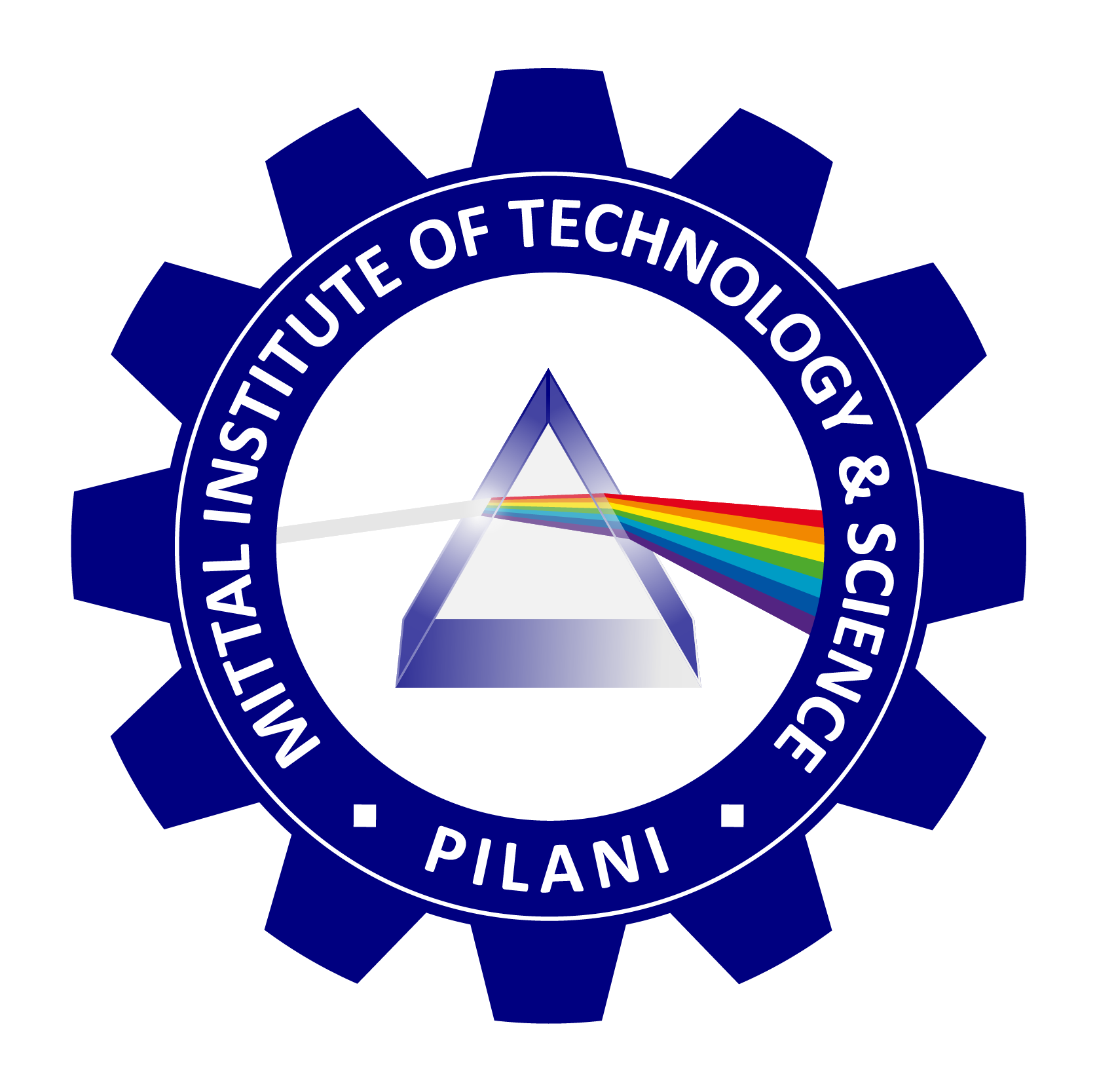Java is one of the most popular and widely used programming languages in the world. It has evolved from being a language used primarily for web development to becoming a powerful platform that drives enterprise applications, mobile apps, cloud services, and Internet of Things (IoT) solutions. This essay explores the Java programming language, the underlying technology that supports it, the ecosystem that surrounds it, and its deployment strategies.
Java Programming Language
Java, first released by Sun Microsystems in 1995, is a high-level, class-based, object-oriented programming language. It was designed to have as few implementation dependencies as possible, which is a major feature that has contributed to its enduring popularity. Java follows the principle of “Write Once, Run Anywhere” (WORA), meaning that compiled Java code can run on any platform that supports the Java Virtual Machine (JVM), regardless of the underlying hardware or operating system.
Some key features of Java are:
-
Object-Oriented: Java is based on the object-oriented paradigm, allowing developers to model real-world scenarios more effectively. It supports concepts like inheritance, polymorphism, abstraction, and encapsulation.
-
Platform-Independent: The JVM enables Java applications to run on any platform that has a compatible JVM implementation, making Java programs portable.
-
Robust and Secure: Java has strong memory management, exception handling, and garbage collection features, making it robust. Security is a key focus, with features like bytecode verification and the Java Security Manager.
-
Multi-threaded: Java natively supports multithreading, allowing for the development of high-performance, concurrent applications.
-
Simple and Familiar Syntax: Java’s syntax is influenced by C and C++, making it easier for developers from those languages to adopt Java quickly.
Java Technology
Java technology consists of several components that work together to provide a complete development and runtime environment. These technologies include:
-
Java Development Kit (JDK): The JDK is a software development environment used to write and run Java programs. It includes tools like the Java compiler (javac), the Java runtime (JRE), libraries, and various utilities.
-
Java Virtual Machine (JVM): The JVM is the heart of Java’s platform independence. It interprets compiled Java bytecode and translates it into machine-specific instructions. The JVM can be implemented on a wide range of hardware and operating systems, which is why Java applications can run anywhere.
-
Java Runtime Environment (JRE): The JRE is the part of the Java technology responsible for running Java applications. It includes the JVM and libraries that are necessary to execute programs. The JRE does not include development tools like the JDK.
-
Java APIs (Application Programming Interfaces): Java provides a rich set of libraries and APIs that developers can use to build applications. These APIs cover a wide range of functionality, including data structures, networking, file I/O, multithreading, graphics, and more.
Java Ecosystem
The Java ecosystem consists of a vast array of libraries, frameworks, tools, and platforms that extend Java’s functionality and make it suitable for different domains. Here are some key components of the Java ecosystem:
-
Libraries and Frameworks:
- Spring Framework: A comprehensive framework for building enterprise applications in Java. It provides support for dependency injection, transaction management, data access, and security, making it a popular choice for enterprise-level applications.
- Hibernate: An object-relational mapping (ORM) framework that simplifies database interactions by allowing developers to work with Java objects instead of SQL queries.
- Apache Maven/Gradle: These are build automation tools used to manage project dependencies, compile code, and create production builds.
-
Integrated Development Environments (IDEs):
- Eclipse: A popular open-source IDE for Java development with robust support for plugins and extensions.
- IntelliJ IDEA: Known for its advanced code analysis, refactoring tools, and overall productivity features.
- NetBeans: Another well-known IDE supported by Oracle, which offers out-of-the-box tools for Java EE and JavaFX development.
-
Application Servers:
- Apache Tomcat: A widely-used, open-source web server that supports Java Servlet and JSP technologies.
- JBoss/WildFly: A robust application server for developing and deploying enterprise-level Java EE applications.
- GlassFish: The reference implementation for Java EE, used for developing Java enterprise applications.
-
Cloud and Microservices Platforms:
- Spring Boot: A module of the Spring Framework that simplifies the development of stand-alone, production-ready Spring applications. It is highly popular for building microservices-based architectures.
- Kubernetes and Docker: Java applications are often deployed in containerized environments using Docker, with Kubernetes providing orchestration for these containers.
-
Testing Frameworks:
- JUnit: The standard framework for unit testing Java code.
- Mockito: A framework for mocking dependencies in unit tests.
Java Deployment
Java applications are deployed in various ways depending on the type of application, the target environment, and the needs of the end users. Below are some of the common deployment strategies for Java applications:
-
Web Applications: Web applications built using Java are typically packaged as
.war(Web Application Archive) files or.ear(Enterprise Archive) files, which are deployed to web servers like Apache Tomcat or full-fledged application servers like WildFly or GlassFish. -
Desktop Applications: Java desktop applications, such as those built using Swing or JavaFX, are distributed as
.jar(Java Archive) files. Users can run these applications on any platform with a JVM. -
Cloud Deployment: Java applications are increasingly being deployed to the cloud, thanks to containerization and orchestration platforms like Docker and Kubernetes. Many cloud providers, including Amazon Web Services (AWS), Microsoft Azure, and Google Cloud Platform, provide services that support the deployment and scaling of Java-based microservices.
-
Mobile Applications: Java is the primary language for developing Android applications, which are deployed to Google Play and other app stores. These applications run on the Android Virtual Machine (Dalvik or ART).
-
Microservices: In modern architectures, Java is often used to develop microservices that are deployed independently in containers (such as Docker). Each microservice can be deployed to cloud environments and scaled individually, which enables high availability and scalability for enterprise systems.
-
Continuous Integration/Continuous Deployment (CI/CD): Many Java projects leverage CI/CD pipelines for automated deployment. Tools like Jenkins, GitLab CI, and Travis CI are commonly used to automate the process of building, testing, and deploying Java applications.
Conclusion
Java remains one of the most versatile and widely adopted programming languages in the software development world. Its ability to run on various platforms, combined with its extensive ecosystem of tools, libraries, and frameworks, makes it an ideal choice for enterprise-level applications, mobile apps, and cloud-native solutions. Java’s longevity is a testament to its robustness, security, and scalability. With new developments like GraalVM and the continuous evolution of the JVM, Java continues to thrive in the modern software landscape, supporting cutting-edge applications and innovations.

Professor Rakesh Mittal
Mittal Institute of Technology & Science,
Pilani, India and Clearwater, Florida, USA
